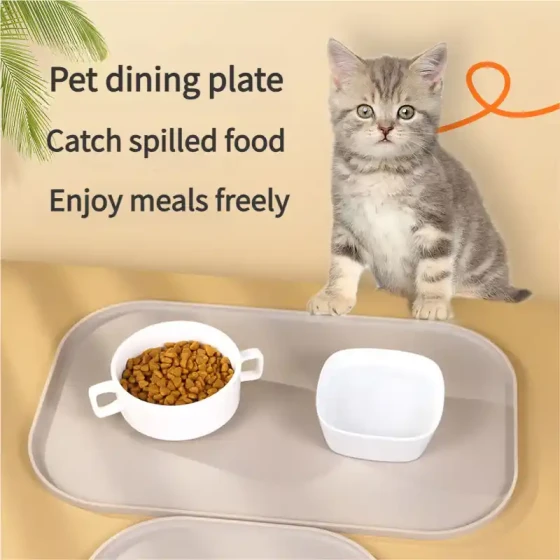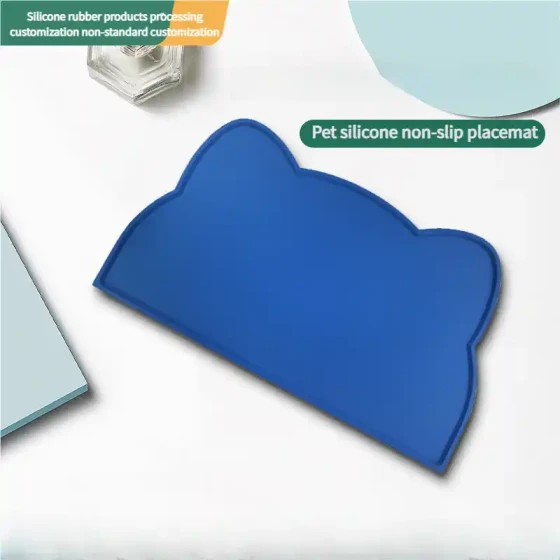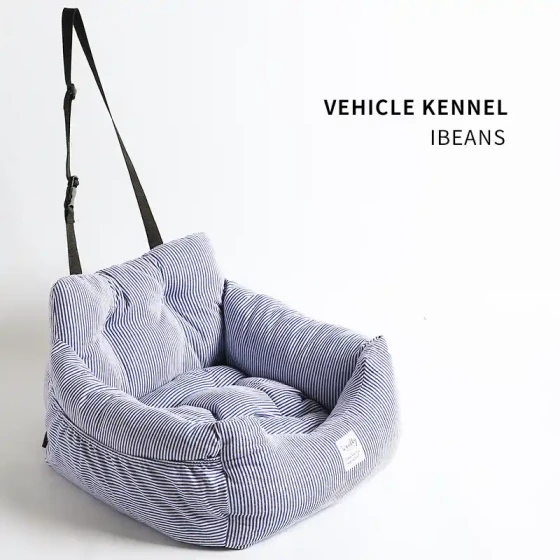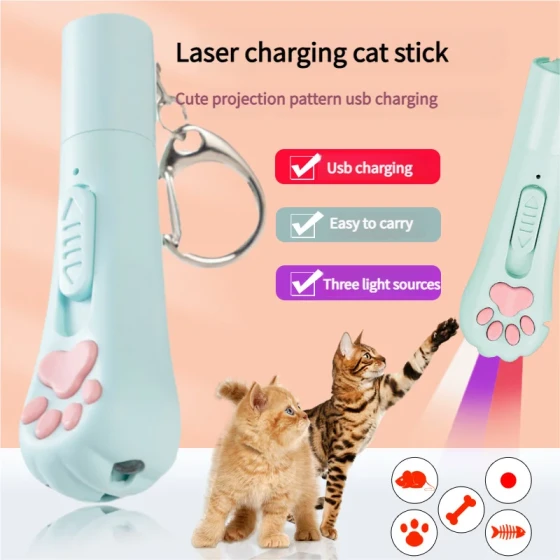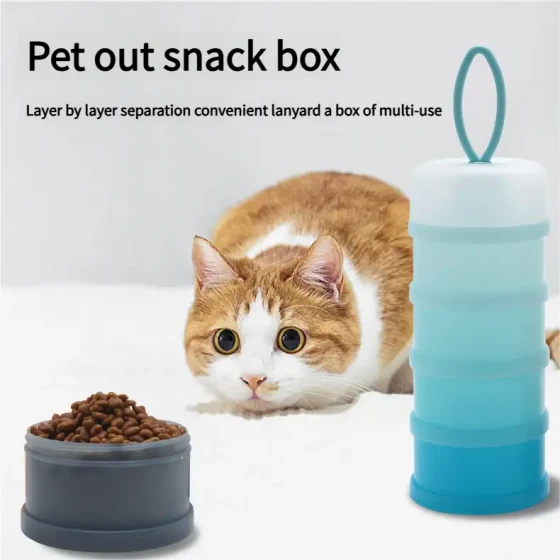Taboos of burying a dead cat_Pet burial must-attention taboos
Many cat-owning families treat their cats as family members. When they reach the end of life, how to properly handle their "afterlife affairs" leaves many owners confused and reluctant. Although burial sounds like letting pets "rest in peace" and return to nature, in practice, especially in urban environments, burial carries many potential risks and legal uncertainties and may even harm the environment and others' health. Therefore, understanding the precautions and taboos of pet burial and choosing a legal, environmentally friendly, and respectful way of handling it is crucial for every responsible pet owner.
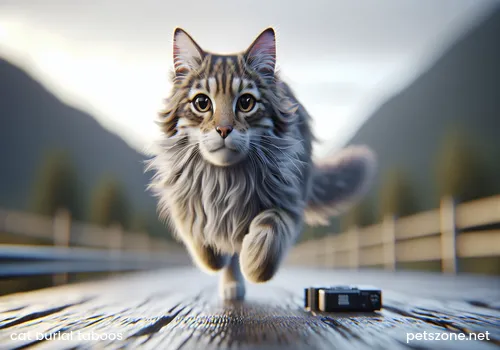
Cat passing away, is burial really good? Potential risks should not be ignored
Burying a cat in your own garden or nearby green space is an emotional choice for many pet owners. They hope the cat can be closer to home for easier remembrance. However, seemingly simple burial actually hides risks.
First, random burial may violate laws and regulations. According to the "Animal Epidemic Prevention Law of the People’s Republic of China" and related provisions, carcasses of animals dead from disease or unknown causes shall not be disposed of arbitrarily and require harmless treatment. This means even pet animals cannot be discarded or buried indiscriminately, or legal liability may follow. Especially in urban environments, public areas belong to all citizens; privately occupying green space to bury pets not only infringes on others’ rights but also violates relevant urban management laws. Once discovered, fines or rectification may be imposed.
Second, burial poses environmental pollution and disease transmission risks. During decomposition, pet corpses release bacteria, viruses, and parasites. If burial depth is insufficient or near water sources, pathogens may contaminate soil and groundwater, threatening the environment, other animals, and even human health. For example, if a cat dies from infectious disease, viruses might survive in soil for a time and easily cause disease spread after being dug up by other animals. Additionally, odors from decay may attract wild animals, risking the corpse being unearthed.
Furthermore, urban land resources are limited. People already advocate cremation, and animal burial exacerbates land resource shortages. Also, with urban development and changes, previously chosen burial sites might be subject to development or seizure in the future, preventing pets from truly "resting underground."
Pet burial, taboos you need to know
In Chinese traditional culture, there are many customs and taboos related to funerals. Although pet burial differs from human funerals, some concepts are similar, and pet handling also has its special considerations.
-
About burial location:
- Away from water sources: Never bury pets near rivers, lakes, or places with high groundwater levels. This avoids pollutants from decomposition entering water sources causing environmental pollution and health risks.
- Away from human habitation and public places: Choose remote, undisturbed places for burial to avoid affecting others’ lives and public hygiene. Burial in community green spaces, parks, or other public venues without permission is not allowed and may lead to neighborhood disputes.
- Choose suitable soil: Prefer soils that are loose and have good drainage, avoiding hard or waterlogged areas.
- Avoid underground pipelines and tree roots: When digging, avoid underground cables, water pipes, and other public facilities, and try to avoid large tree roots to prevent harm to trees or future constructions.
-
About burial depth:
- Sufficient depth is key: Burial depth is very important, generally suggested to dig at least 1 meter deep. Larger pets require deeper burial. Adequate depth effectively prevents other animals from digging, reduces odor emission, and lowers disease transmission risk. According to soil type, heavy soil recommends at least 0.6 meters deep, while light soil suggests at least 1 meter, ensuring enough covering soil.
-
About corpse handling:
- Proper wrapping: Before burial, pet corpses can be wrapped in biodegradable materials such as cotton cloth or blankets. If choosing burial, avoid plastic bags or sealed containers as these hinder natural decomposition.
- Special handling for pets dying of infectious diseases: Burial risks are extremely high for pets that died of infectious diseases. In such cases, the safest and most responsible approach is professional harmless treatment like cremation.
- Handling pets euthanized: If pets were euthanized, residual drugs may remain in the body, which can be toxic to other animals. Thus, burial is not ideal, and professional cremation better manages these risks.
-
Some traditional customs sayings:
- Avoid cats near the corpse: Some traditional beliefs hold that cats near corpses during mourning cause corpse changes. Although superstitious, it reflects cautious attitudes toward corpse handling. Though pets differ from humans, when handling pet corpses, also try to avoid excessive contact by other live pets to prevent discomfort or pathogen spread.
- Tujia ethnic taboos: In some Tujia customs, cats are prohibited from entering the house during New Year or festivals, saying "pig brings poverty, dog brings wealth, cat comes dressed in mourning clothes"; during sacrifices and funerals, cat sounds are also prohibited and cats strictly kept away. This reflects local particular views on cats, which may not be universally applicable but show some avoidance during special periods.
Pet burial, a more recommended scientific and legal way
Considering the many risks and uncertainties of burial, currently in China, the more recommended and popular way to handle pet remains is cremation.
-
Advantages of cremation:
- Legal compliance: Cremation meets related legal requirements and is presently the most recommended harmless treatment method.
- Environmentally friendly and hygienic: High-temperature cremation can thoroughly eliminate pathogens and parasites in pet corpses, greatly reducing environmental pollution and disease transmission risks. Compared with burial, cremation poses no pollution risks to soil or water sources.
- Dignified farewell: Professional pet funeral services usually include farewell ceremonies, helping owners better say goodbye and giving pets respect and dignity.
- Flexible ashes handling: Cremated ashes are very small in volume with various handling options. Owners may keep ashes at home, make memorabilia (such as ash crystals, hair pendants), opt for tree burial, flower bed burial (burying ashes with plants), or choose professional pet cemeteries for ashes burial. Even sea burial is possible, returning the cat's ashes to the ocean.
-
Disadvantages of cremation:
- Requires certain fees: Unlike self-burial, pet cremation requires service fees. Fees vary depending on pet size and service content, typically ranging from several hundred to over a thousand RMB for cats. Specific prices require consultation with local pet funeral providers. Though a cost, considering environmental, hygiene, and legality factors, it is worthwhile.
- Choosing service providers: The pet funeral industry is growing quickly with increasing providers, but industry standards are not yet mature. Choosing a professional, reliable, and certified provider is important.
Besides cremation, some cities provide municipal harmless treatment services for animal corpses, but these often treat pet remains as general waste and may not meet owners' emotional needs.
How to choose the appropriate pet burial method?
The method chosen to handle a cat's "afterlife affairs" depends on various factors:
- Local laws and regulations: First understand local regulations on pet corpse handling to ensure legality.
- Cause of pet death: If the cat died of infectious disease, harmless treatment must be performed, with cremation as the best choice.
- Personal conditions: Is there suitable private land for deep burial? Are there financial means for professional pet funeral services?
- Emotional needs: How does the owner want to commemorate? Leave ashes at home or choose a specific burial place?
Overall, especially in urban areas, choosing professional pet cremation services is a safer, environmentally friendly, legal, and dignified handling way. It avoids burial’s potential risks and allows owners a more formal and ritualistic farewell to beloved cats.
Common Questions and Answers
- Can pet corpses be disposed of casually?
- No. Random disposal is not only unethical but pollutes the environment, spreads diseases, and violates laws.
- Is self-burial of pets legally risky?
- Yes, especially burial in public urban areas or non-compliant locations may violate epidemic prevention and urban management laws, risking fines or rectification.
- Is pet cremation expensive?
- It requires fees based on pet size and service, usually affordable. Compared to environmental and health risks and potential costs, cremation is more economical and responsible.
- How to handle ashes after pet cremation?
- There are many ways: keep at home, make memorabilia, tree or flower burial, sea burial, or pet cemetery interment.
Summary: Let love and responsibility go hand in hand, choose a dignified farewell for your cat
Losing a cat that has accompanied us for years is undoubtedly painful. When handling their "afterlife affairs," we should consider not just our own emotions but also take responsibility for the environment and others' health. Although burial is emotionally understandable, in modern society its risks and uncertainties make it no longer the best choice. Choosing legal, environmentally friendly professional pet funeral services such as cremation is not only a respect to the deceased cat but also an obligation for responsible pet owners. Through scientific means, let our love and responsibility accompany one another, giving a complete and dignified end to the cat's life.
